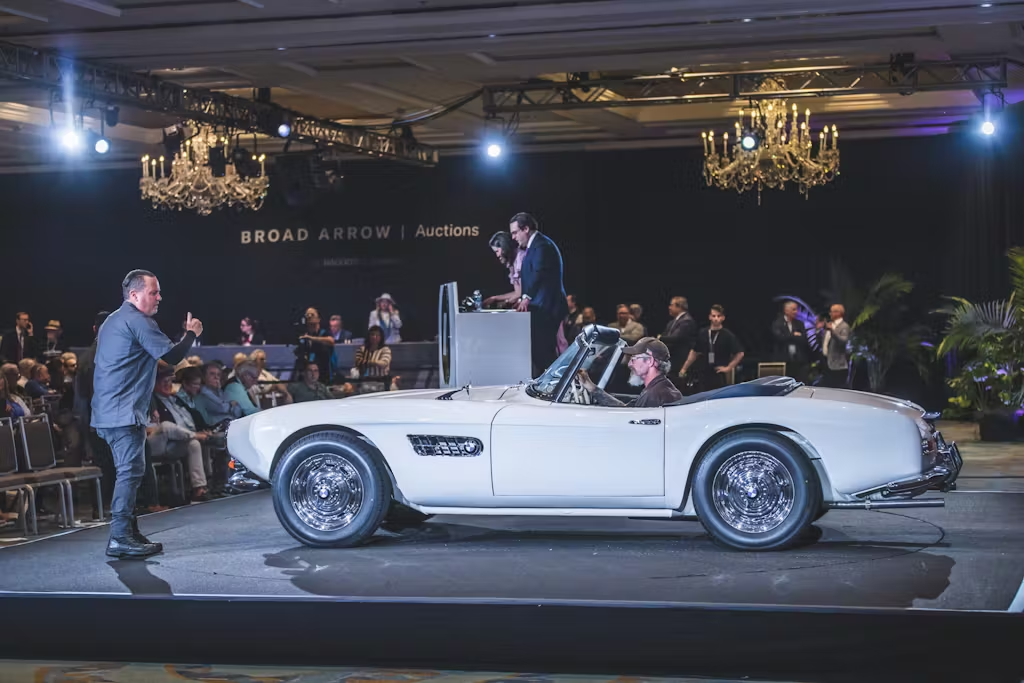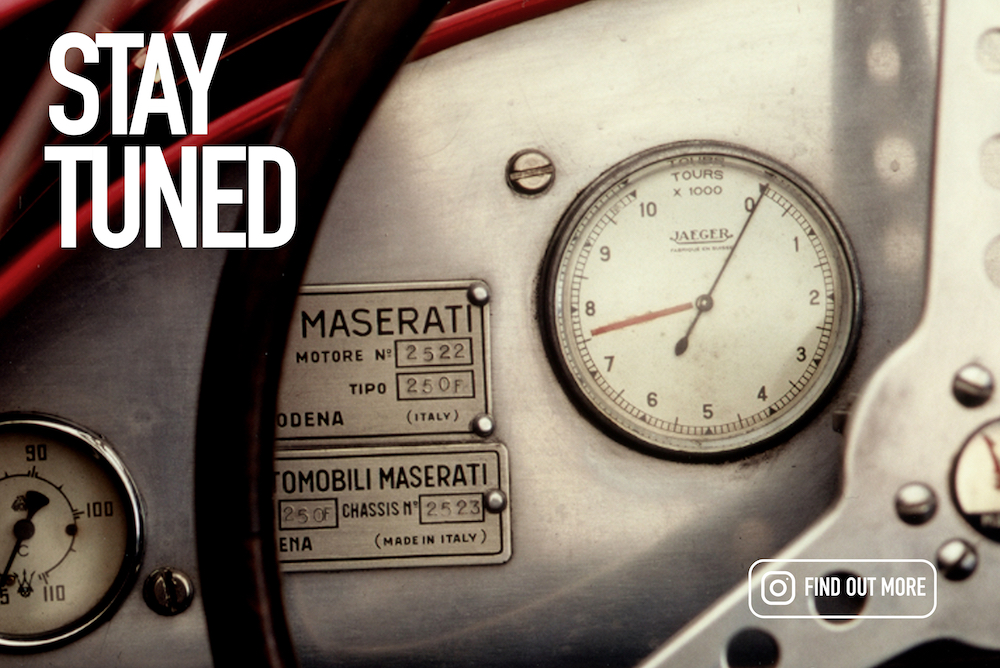Halfway through 2025, the collector car market is settling into a new normal. Gone are the heady days of 2021, where just about everything with four wheels was growing more expensive by the day, but also gone are 2023’s uncertain adjustments, when reality put a check on the highest of the flyers. Today, the market is more stable, more predictable, and ultimately more sustainable.

The eight charts below, made with Hagerty’s auction and private market data, show where things stand.

1. The market is off its 2022 high …
From early 2021 to the middle of 2022, approximately six years of market growth squeezed into an 18-month window. Since then, things have steadily cooled. According to the Hagerty Market Index, the market is now around the same level it was at the beginning of 2022.

2. … But it is stabilizing
Even though the market has steadily cooled for six months, the magnitude of those changes has diminished. Recent changes in the Hagerty Market Index are minor, and annual auction totals for both live and online outlets have been remarkably consistent for the past three years. Results through the first half of 2025 are pacing right alongside last year’s amounts.

3. Buyers are taking their time
FOMO was a major factor in the market runup earlier this decade. Enthusiasts watched prices accelerating upwards and felt rushed to act before the cars on their watchlist moved beyond reach. Today’s buyers don’t feel that same pressure, and are instead being much more patient. They’re waiting for the right car at the right price, and they aren’t being swayed to settle. Case in point: vehicles are sitting longer on collector car dealer lots than at any point in the last seven years.

4. Sellers are still active
Cautious buyers haven’t discouraged owners from putting their cars on the market, though, unlike in previous market downturns. Online auction volume so far this year is up 6% compared to the same period of 2024. Owners have had their cars long enough that they’re still above water despite the market’s recent turn, or (more likely) they didn’t buy the car they’re selling for a profit in the first place.

5. Cars continue to trade hands
It isn’t just that sellers are putting their cars up for auction. Their cars are selling, too. Choosy buyers and high supply are opposing forces, but that hasn’t translated to lower sell-through rates. Looking specifically at online auctions, which have less monthly volatility, sell-through rate has increased. After several years of a slowly moving market, buyers and sellers are on the same page about current conditions and are more easily coming to an agreement on what a car is worth.

6. Sellers are getting more flexible
Another large reason sell-through rate hasn’t suffered is that owners are increasingly offering their cars without a reserve. In June, 40% of online consignments didn’t carry a reserve—the lowest that figure has been in two years. For the other five months of the year, though, a historically high 44% to 47% of lots were no-reserve. Clearly, sellers in 2025 recognize we’re in a buyer’s market and are being realistic when they decide to sell.

7. Price declines have slowed
All these factors have caused prices to decrease, at least in aggregate. The average asking price by collector car dealers has fallen 9% from a high of $49,044 in 2023 to $44,701 today. But the monthly changes so far this year have been much smaller compared to 2024. Again, the cooling market appears to be settling into stability.

8. And most car prices aren’t changing at all
Some segments of the market have declined slightly and the average asking price has relaxed, but individually, most of the market has been insulated. In fact, three-fifths of the 40,000 vehicles covered in the Hagerty Price Guide didn’t change at all during the second quarter of 2025. Parts of the collector car market are always shifting, and a stable market can still see big swings both up and down for certain vehicles, but odds are the car in your garage or the one you’re thinking of buying has held steady.

Speculators, investors, and the trade see opportunities in a volatile collector car market. But most end users, the long-time car lovers who make this hobby what it is, prefer stability. Steady markets are easier to buy and sell in for most people, they’re easier to consider maintenance and restoration expenses, and they keep the focus on the cars rather than the price tags. With that in mind, today’s market is a good one for enthusiasts.
find more news here.










